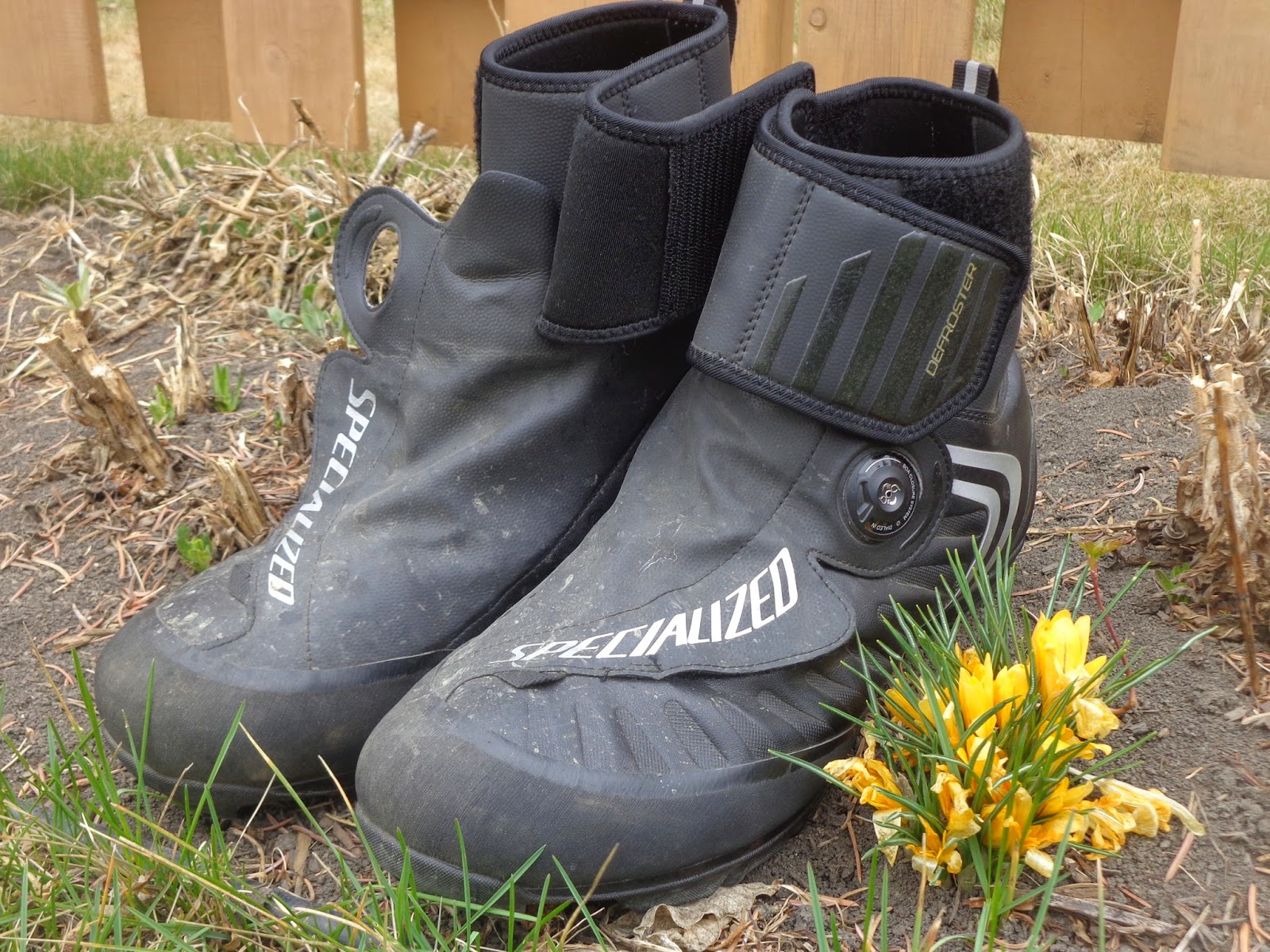When intrepid English bicycle-traveller
John Foster Fraser, in the middle of his trans-world bicycle trip in 1896, met
with the governor of a province in Persia in 1896, the sultan asked him why
Britons were always rushing off to seek out hardship and danger abroad.
“There’s no pleasure in it,” offered the puzzled sultan. Fraser replied,
simply, “There’s adventure”—as if this were all he needed to say. The sultan
shrugged and dismissed Fraser and company as madmen.
Reading Fraser’s classic book about those
“adventures,” Round the World on a Wheel
(1899), I was struck by how both men were right. So much of Fraser’s journey was full of hardship and danger. It’s tough
to comprehend how difficult such a journey would have been: navigating atrocious
roads (and sometimes no roads), coping with mechanical breakdowns in remote
places, encountering hostile natives (getting pelted with stones becomes such a
commonplace event in Asia that Fraser mentions it the way one might mention a
rain shower, an unavoidable natural phenomena that will, eventually, pass), bad food (or no food for days at a time), illness,
filthy lodgings, blizzards, wolves and bears and mobs. They travelled with
revolvers—and needed them more than once. There were, of course, some moments of pleasure in the trip,
but those aren’t what people remember.
Hardship was the cost of “adventure” and
Fraser was more than willing to pay the price. It was well worth it, for
Fraser and, indirectly, for us. His
book, the last in the original age of around-the-world and trans-continental cycle-travel
narratives of the nineteenth century (by rider/writers such as Thomas Stevens,
Frank Lenz, Sachtleben and Allen, George B. Thayer, Hugh Callan) is a highly entertaining
account, chalk full of remarkable adventures.
After all these years, it’s still
one of the best cycle-travel books out there.


